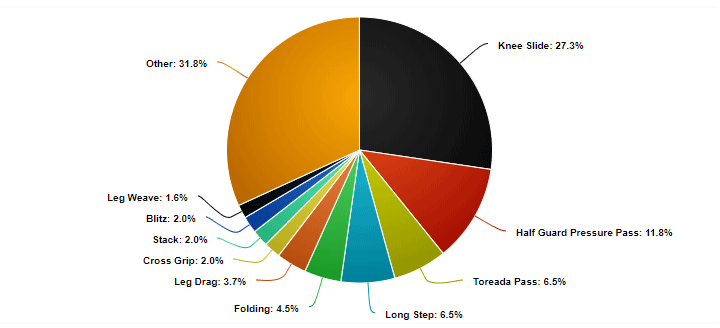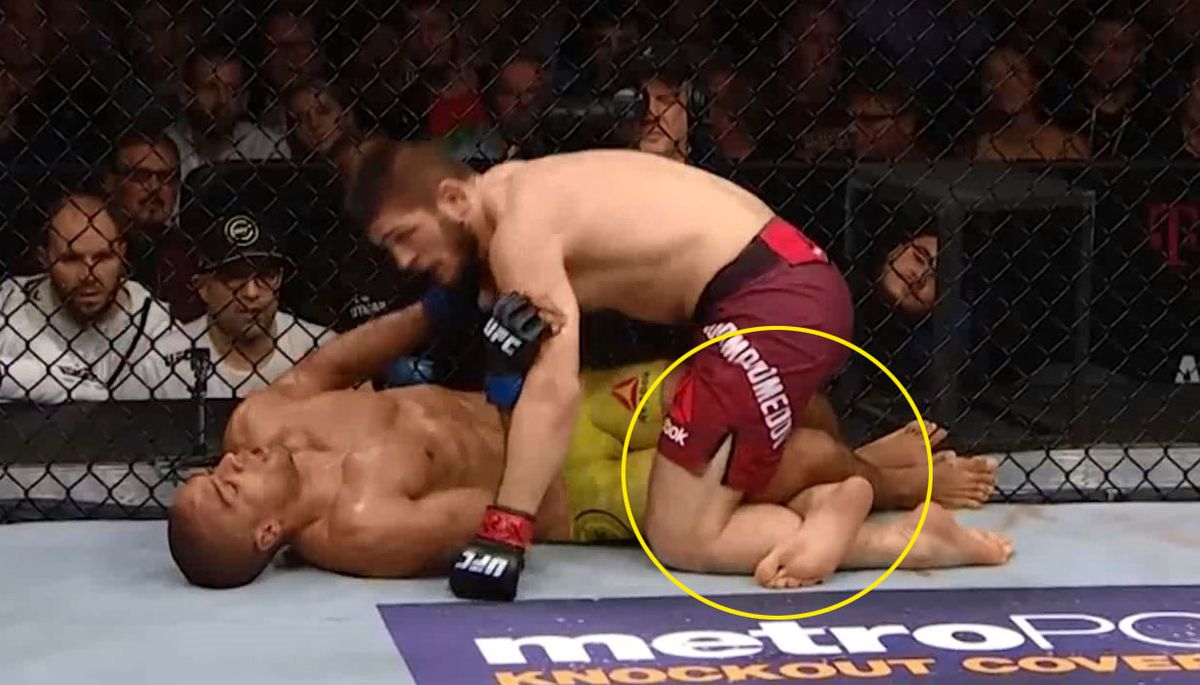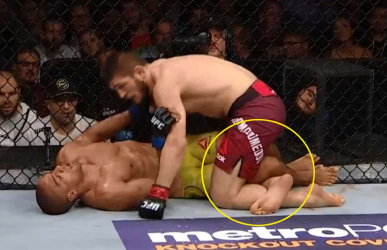BJJ is not really one art. There are some things that will be common in any BJJ academy but different sides of the family emphasize different things and really the difference is whether you are training “combatively” or not:
The GM Helio Gracie side of the family is known for its emphasis on self defense. His grandsons are now very active in anti-bullying work, women’s self defense and law enforcement tactics. They concentrate much less on the sport side and actively think about self preservation scenarios for smaller much less athletic individuals.
The Carlson Gracie side of the family is quite different in its approach. GM Carlson split from GM Helio in 1964 due to philosophical differences in approach to Jiu-Jitsu. The Carlson side is known for a more aggressive and athletic based style that emphasizes top pressure. This orientation originated from GM Carlson’s experience in Vale Tudo fights. He was considered by many to be the premier Vale Tudo and MMA trainer of the Gracie family. (In the 1990s when the Gracies faced Luta Livre in a team based style vs. style contest, Fabio Gurgel says the fighters and family all looked to Carlson as the person to train the Gracie team). Even today many of the top MMA teams (ATT, BTT, Strong Style, Black House) trace their grappling lineage back to Carlson Gracie.
The final side of the family is that of Carlos Gracie Jr., which has now become both the largest and most influential side of the family due to the creation of the IBJJF sports federation and it’s worldwide tournament circuit. This side of the family emphasizes sport competition under the rules established by the federation; so the goal and focus of the training is winning in a grappling sport that does not include any strikes. (It is important to also note that non-Gracie Fadda and the Sá lineages also have their own standards and approaches as does the 10th Planet system of No-Gi Jiu-Jitsu created by Prof. Eddie Bravo).
So there is a considerable difference in what you will be taught depending on where you train.
But the most important difference, and one I emphasize at Radical MMA is whether you are training in a combative context or not. As I have said before training with strikes is a completely different animal and will lead to completely different reactions.
One major difference I have touched on before is the emphasis away from guard play that protects from strikes. Take almost any grappling match and you’ll see sitting guards, inverted guards, 50/50 guards, very open and mobile guards, deep half guards etc. The fluid, mobile game of grappling is absolutely beautiful. The problem is that much of this game favors guards that do not afford any meaningful protection from strikes. So in MMA they would have very limited utility as compared to a closed “clinching” guard
But it is not just guard play that is different. Here is a wonderful list of passes used in high level sport Jiu-jitsu compiled by BJJ Heroes

As you can see the number one pass is the knee slide. But in MMA this is actually a much, much rarer move, and is nowhere close to the top. Currently the most dominant form of passing is to fold or control the legs in some manner.
Khabib Nurmagomedov and many other fighters have successfully used the leg ride (often called the “Mermaid”) as their major passing technique:

Here we can see Khabib successfully using this position to dominate Edson Barbosa in their MMA bout. And Barbosa is far from the only victim!
The great advantage of this position is it frees the hands to strike and even if the bottom fighter does manage to squirm out the attacker has the option to dominate with upper body grips (the so-called “Dagestani Handcuff”) and back takes. Tellingly, I have never seen this control used in high level BJJ tournaments. EVER!
Here I have touched on the differences in guard and passing play, but strike based/ MMA based Jiu-jitsu is different from the sport in fundamental ways: escaping to wrestling controls, standing up out of guard, controlling the scramble, and defending ground and pound are all elements of strike based or MMA relevant Jiu-jitsu that are completely absent in a sports school.
MMA Jiu-jitsu and sport BJJ have totally different “metas” that govern the interaction between combatants. They are now quite literally completely separate arts.
